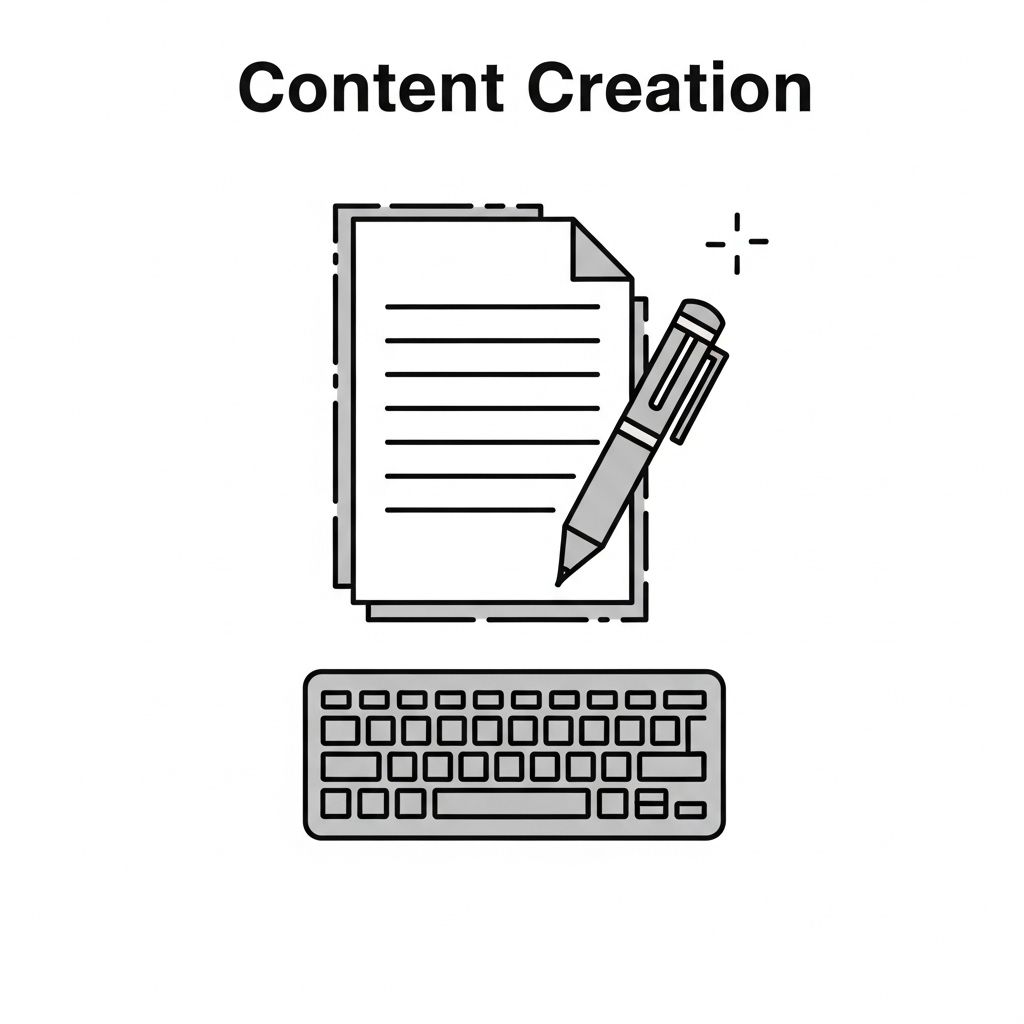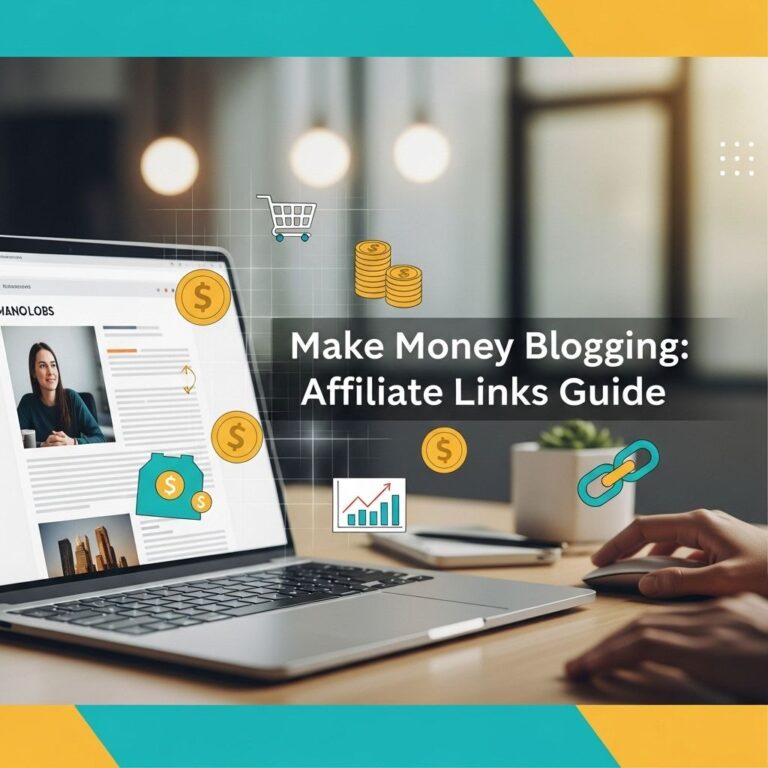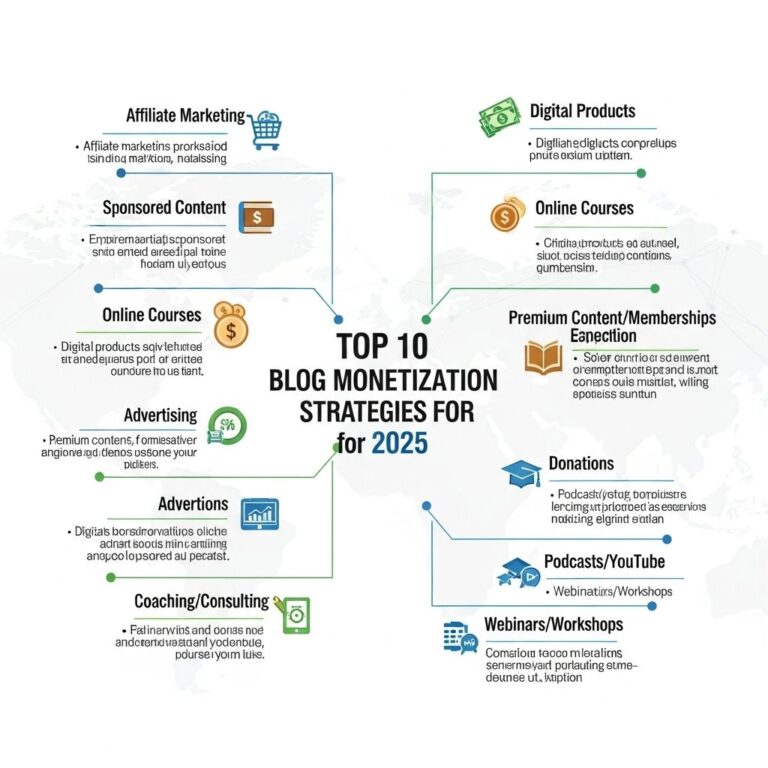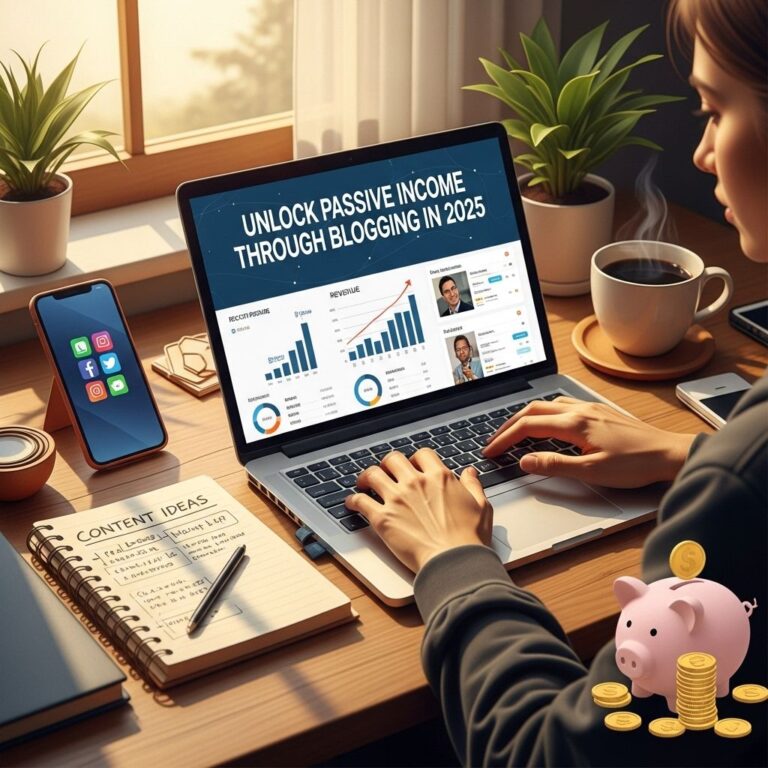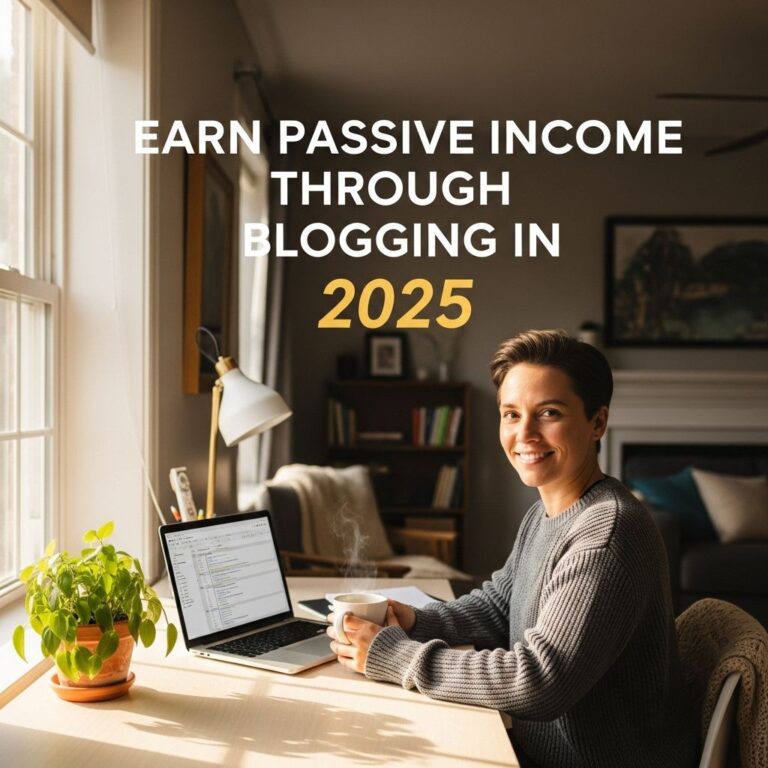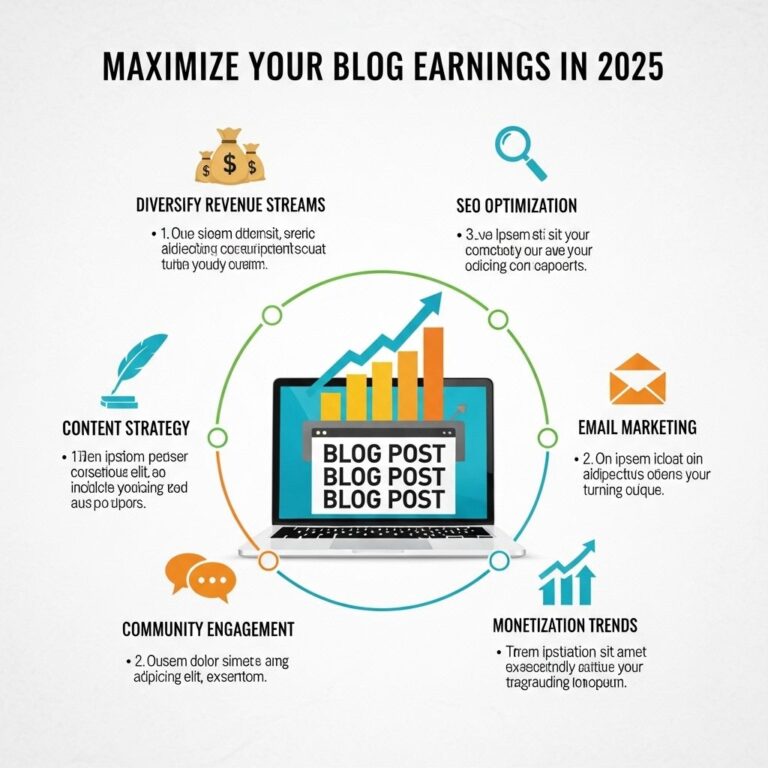Starting a blog can be a thrilling yet daunting journey, especially if your goal is to turn it into a revenue-generating platform. With the right strategies, resources, and mindset, it’s entirely possible to earn $1,000 or more each month from your blog. This guide will explore essential steps and methods to help you kickstart your blogging venture and monetize it effectively.
Table of Contents
Choosing Your Niche
The first crucial step in starting a blog is selecting a niche that resonates with you and has the potential for profitability. A well-defined niche will guide your content creation and attract a dedicated audience. Here are some factors to consider:
- Your Passion: Choose a topic you are genuinely interested in, as this will make writing easier and more enjoyable.
- Market Demand: Research trending topics and analyze search volume using tools like Google Trends or Ubersuggest.
- Monetization Potential: Ensure your niche has opportunities for revenue, whether through affiliate marketing, ads, or selling products/services.
Setting Up Your Blog
Once you have your niche, it’s time to set up your blog. This involves several steps:
Selecting a Domain Name
Your domain name should reflect your blog’s niche, be easy to remember, and ideally include relevant keywords. Tools like Namecheap or GoDaddy can help you find and register your domain.
Choosing a Blogging Platform
There are various platforms to host your blog, but the most popular are:
| Platform | Pros | Cons |
|---|---|---|
| WordPress.org | Highly customizable, extensive plugins | Requires hosting & technical know-how |
| Wix | User-friendly, no coding required | Less flexible, limited plugins |
| Blogger | Free, integrates with Google services | Limited design options |
Getting Hosting
If you choose WordPress.org, you will need a hosting service. Popular options include:
- Bluehost: Affordable and WordPress recommended.
- SiteGround: Known for excellent customer support.
- HostGator: Great for beginners, with easy setup.
Creating Quality Content
Content is the heart of your blog. Producing high-quality, valuable content is essential to attract and retain readers. Consider the following:
Understanding Your Audience
Before writing, know who your target audience is. Create reader personas to establish demographics, preferences, and pain points.
Content Types
Vary the types of content you produce; this keeps readers engaged and encourages sharing. Some popular formats include:
- How-to Guides
- Listicles
- Product Reviews
- Opinion Pieces
SEO Optimization
Search Engine Optimization (SEO) is vital for driving organic traffic. Focus on:
- Keyword Research: Use tools like Ahrefs or SEMrush to identify relevant keywords.
- On-page SEO: Optimize your posts with keywords in titles, headings, and meta descriptions.
- Internal Linking: Link to other relevant posts on your blog to improve navigation and SEO.
Building an Audience
Creating great content is only part of the equation; you need an audience. Here are strategies to grow your readership:
Promotion Strategies
- Social Media: Share your posts on various platforms like Facebook, Twitter, and Instagram.
- Email Marketing: Build an email list by offering freebies and sending regular newsletters.
- Guest Blogging: Write on other blogs to tap into their audience.
Engagement Techniques
Encourage readers to interact with your blog:
- Ask questions at the end of posts to spark comments.
- Respond to comments to build community.
- Run polls or surveys to gain insights and foster engagement.
Monetizing Your Blog
Once you’ve established a loyal readership, it’s time to monetize your blog. There are several methods to generate income:
Affiliate Marketing
Join affiliate programs related to your niche and promote products within your content. You earn a commission for each sale generated through your referral links. Popular affiliate platforms include:
- Amazon Associates
- ShareASale
- ClickBank
Advertising
Display ads on your blog using networks like Google AdSense or Mediavine. Earnings depend on traffic and ad placements.
Sponsored Posts
Collaborate with brands to write sponsored content. As your blog grows, companies may approach you for promotions.
Offering Services
Consider providing services like consulting, coaching, or freelance writing based on your expertise.
Creating and Selling Products
You can create digital products (eBooks, courses, printables) or physical products related to your niche to sell on your blog.
Tracking Your Progress
To assess your blogging success, it’s important to track your progress:
Key Metrics to Monitor
- Traffic Sources: Identify where your visitors are coming from.
- Engagement Rates: Monitor comments, shares, and time spent on your blog.
- Revenue Streams: Track monthly earnings from different monetization methods.
Tools for Tracking
Utilize analytics tools such as Google Analytics, SEMrush, or Ahrefs to monitor your blog’s performance.
Conclusion
Starting a blog with the aim of earning $1,000 a month is entirely achievable if you follow a strategic approach. By selecting the right niche, creating quality content, building an audience, and employing effective monetization strategies, you can turn your blogging passion into a lucrative venture. Remember, it takes time and effort, so stay committed and keep refining your strategies for success.
FAQ
How do I start a blog?
To start a blog, choose a niche, select a blogging platform like WordPress, register a domain name, and choose a hosting provider. Then, customize your blog’s design and start creating content.
How can I monetize my blog to earn $1,000 a month?
You can monetize your blog through various methods, including affiliate marketing, sponsored posts, selling digital products, and offering services related to your niche.
What niche should I choose for my blog?
Choose a niche that you are passionate about and that has a potential audience. Popular niches include personal finance, health and wellness, travel, and technology.
How often should I post on my blog?
Aim to post at least once a week to keep your audience engaged and improve your blog’s SEO. Consistency is key to building readership and authority.
How can I drive traffic to my blog?
You can drive traffic to your blog through SEO, social media marketing, guest posting, email marketing, and participating in online communities related to your niche.
What are some effective SEO strategies for bloggers?
Effective SEO strategies include keyword research, optimizing on-page elements like titles and meta descriptions, creating high-quality content, and building backlinks to your blog.

